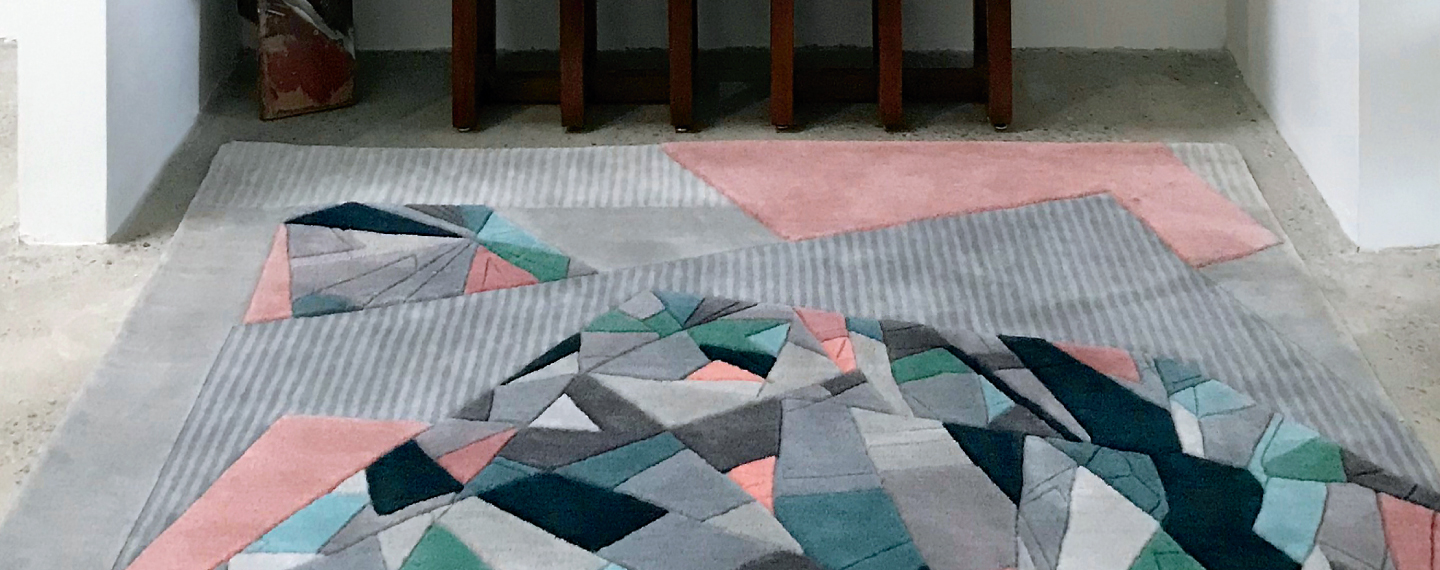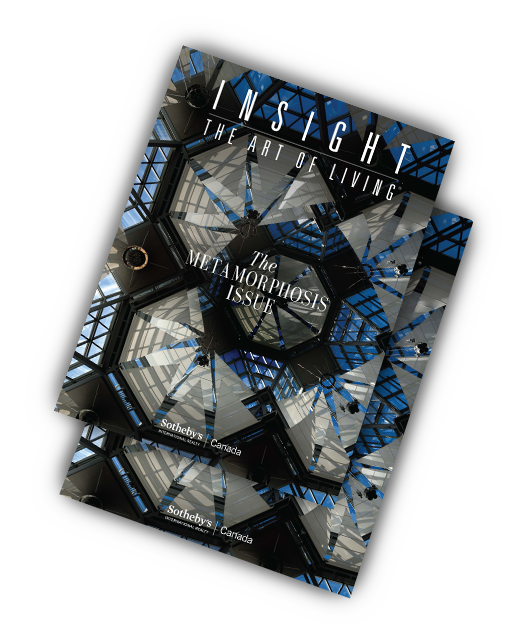For centuries, intricate silk and wool rugs have adorned the floors of the well-to-do, acting as instant status markers, thanks in no small part to their jaw-dropping price tags. But when it comes to the ever- changing trends of the interior design world, this traditional carpet style is no longer the ne plus ultra of floor coverings.
Just ask Nicky Haslam, the prolific British interior designer whose clients include Mick Jagger, Rod Stewart and Ringo Starr. In a recent article for The Sunday Times Style Magazine, Haslam expressed a distaste for those traditional rugs, including harsh-coloured Moroccan ones but declared colourless berbers (undyed rugs from Morocco) okay. That’s not to say floors should be left bare and in neutral tones. On the contrary, rugs are a key component in the move away from minimalist interiors and towards a maximalist pastiche. Haslam’s preference for colourless berbers is one he shares with former J.Crew creative director Jenna Lyons, a living beacon of the modern mix-and-match design sensibility who counts at least three different styles of floor coverings in her eclectic home.
Today, options for practical, yet personable, rugs abound, thanks to a cohort of creative young designers like Calla Haynes. When the Paris-based Canadian designer put her namesake fashion label on hold in 2015, she was left with a surplus of custom-made fabric bolts. “It was fabric that meant a lot to me,” she says. “I didn’t just want to sell it off. I wanted to find a way to upcycle it.” Haynes connected with female artisans in Morocco who specialize in boucharouite rugs, which are woven by hand from scraps of fabric — a mix of anything from silk satin and chiffon to wool jacquard, denim and printed cotton. She mailed the weavers boxes of her fabrics and, a couple of months later, received what would become the first rug in her Boucharouite Project.
“In Morocco, boucharouite is really known as a poor man’s rug,” she explains, tracing the origins of this bohemian style to a surge in the price of wool during the 1960s, which led to the use of fabric scraps instead. “They’re not celebrated the way an outsider to Morocco sees them — as beautiful souvenirs — and they tend to be less expensive than a wool rug like a Beni Ourain [an undyed 100-percent-sheep- wool rug].” Given today’s awareness of textile waste, that element of upcycling is a major plus. It also caught the attention of Canadian luxury department store Holt Renfrew, which hosted a Boucharouite Project pop-up boutique at its Toronto flagship store in 2018. As Haynes worked her way through her own archives, she has begun sourcing leftovers from luxury fashion houses in France and Italy, although she’s tight-lipped about which ones. “I’m just trying to bring a European luxury twist to it,” she says of her rugs. “The colours and textures and the quality of the fabric elevate the original aesthetic and make for this neat mix.”

And when it comes to creating neat mixes, without a doubt, the queen is New York–based interior designer Sasha Bikoff. This past April, Bikoff was tapped by Donatella Versace to lead the Versace Home installation at Milan Design Week, a dream task that included creating some very trippy custom carpeting. Drawing inspiration from 1980s Versace archives, Birkoff pulled imagery that included mermaids, leopard print, Medusa heads and seashells and used them for glorious waves of patchwork rugs in diverse materials, colours and patterns to carry through a delirious sense of movement onto the floors. “I plugged in all the iconography within the swirls and customized the colours,” explains Bikoff. “My brain’s a crazy place to visit.”
When Bikoff designs a space, she starts from the ground up, an approach that didn’t always mesh with her bold style. “I couldn’t find a simple classical rug that I connected with, that I thought was versatile, that I thought everyone would like. I was done with the trellis, the Moroccan style. I’m not into the geometric thing that we constantly see everywhere,” she says. “I just felt that there was a need for the market to have a cohesive collection that combined an interesting pattern, interesting colours and an interesting mix of materials.” So, Bikoff took matters into her own hands, literally.
The resulting collection is comprised of two styles that are playful, yet elegant, each made for mixing contemporary with classical. The Disco Dots rugs, inspired by a spinning disco ball, set jumbo Lurex-laced polka dots on a neutral backdrop, and the round Zodiacs feature the 12 astrological symbols in a mystical night sky. “Ultimately, I wanted to create a collection that was versatile and modern, but not boring,” Bikoff explains.
Meanwhile, in Toronto, designer Liz Eeuwes specializes in made-to-order rugs hand-knotted into intricate abstract patterns by weavers in India and Nepal. All of her rugs are certified by the non-profit GoodWeave International, which is committed to ending child labour in the carpet industry and ensuring that all rugs are made by skilled, adult artisan weavers. “I want to marry [a] traditional craft with modern design and create a nice partnership where we celebrate all the wonderful techniques that people have learned and are able to do,” she says.
Since launching her eponymous studio in 2008, Eeuwes has looked to various moments in art, literature and fashion for inspiration — from vintage travel posters to the vivid landscapes described by French writer Antoine de Saint-Exupéry, who penned The Little Prince. Most recently, she collaborated with Canadian artist Sara Pearson on the Prospector collection, which combines the colour palette of Pearson’s gemstone paintings with her own sculptural designs. “Colour is definitely one of the things that I find the most interesting to work with,” notes Eeuwes.
Taking a fresh eye to colours, styles and materials brings the ancient tradition of carpet making to an exciting design frontier. But don’t ditch that prized oriental rug just yet, says Eeuws, who points out that modern rugs and traditional ones are beautiful in different ways. “You can have both modern and traditional rugs in the same space, and it [will] work.”
That’s a neat mix we can all dig our toes into.
By Caitlin Agnew; Photo courtsey of: Liz Eeuwes, feature image: Nick Sargent – *This article originally appeared in INSIGHT: The Art of Living | Fall 2019



